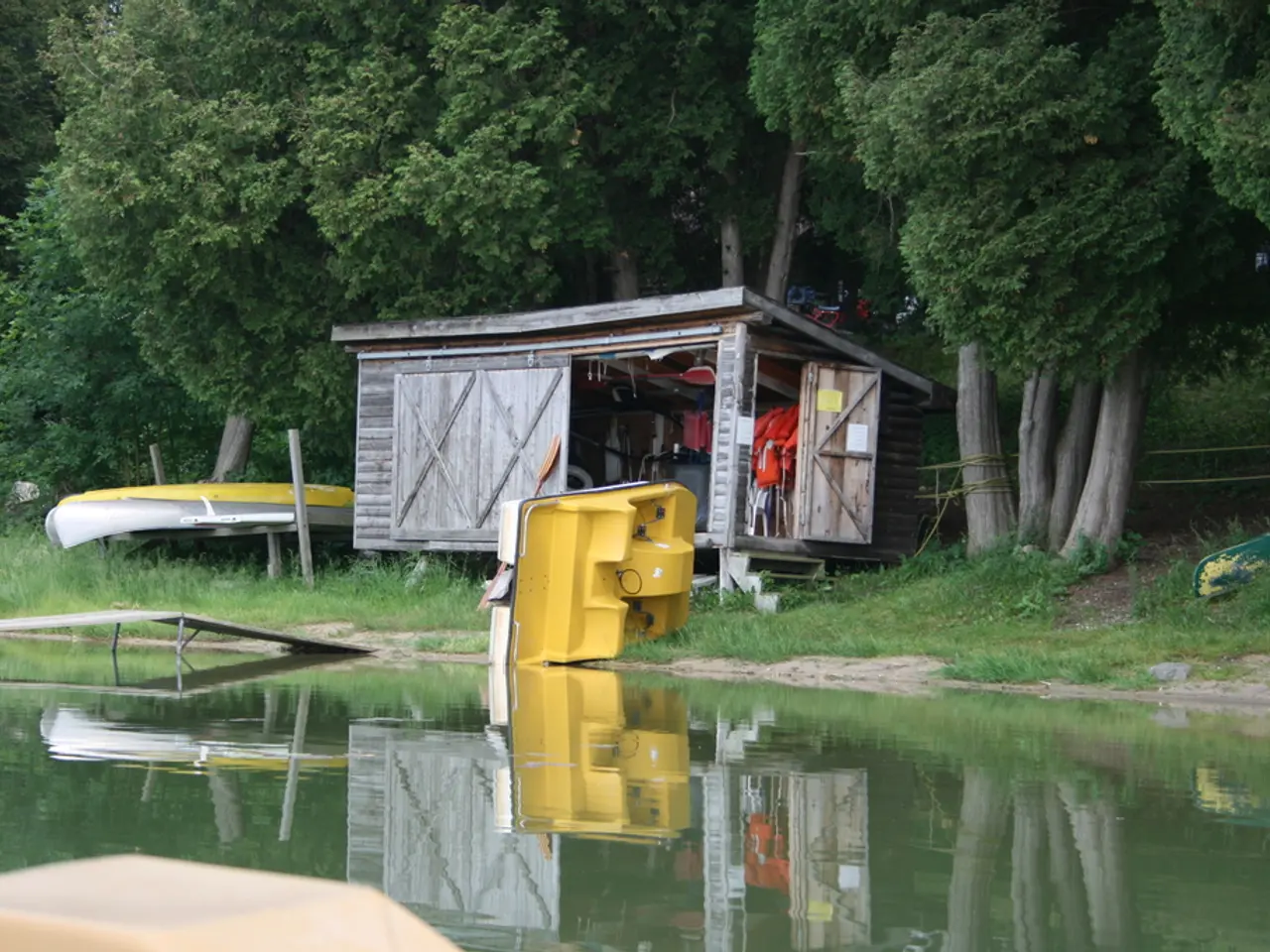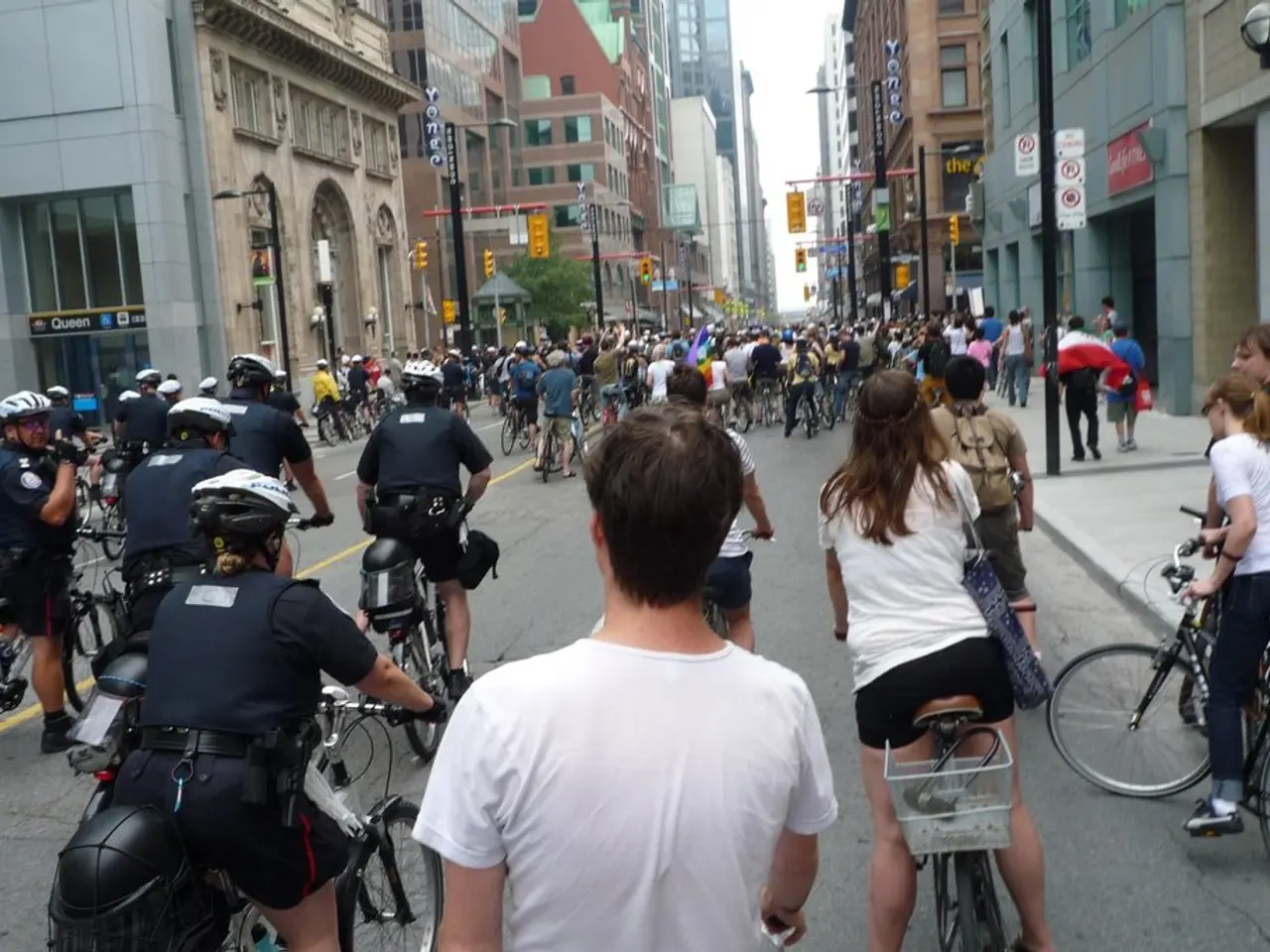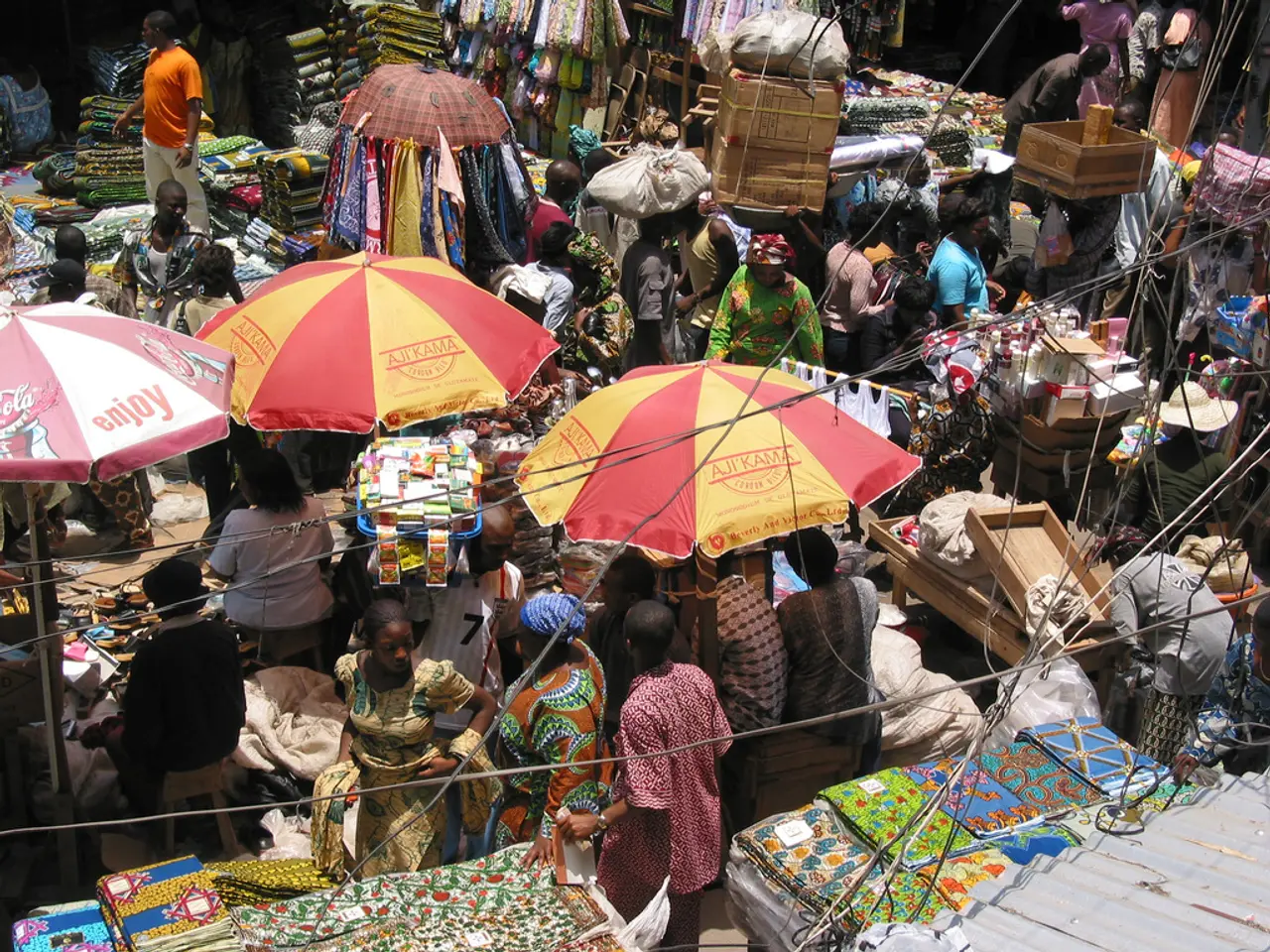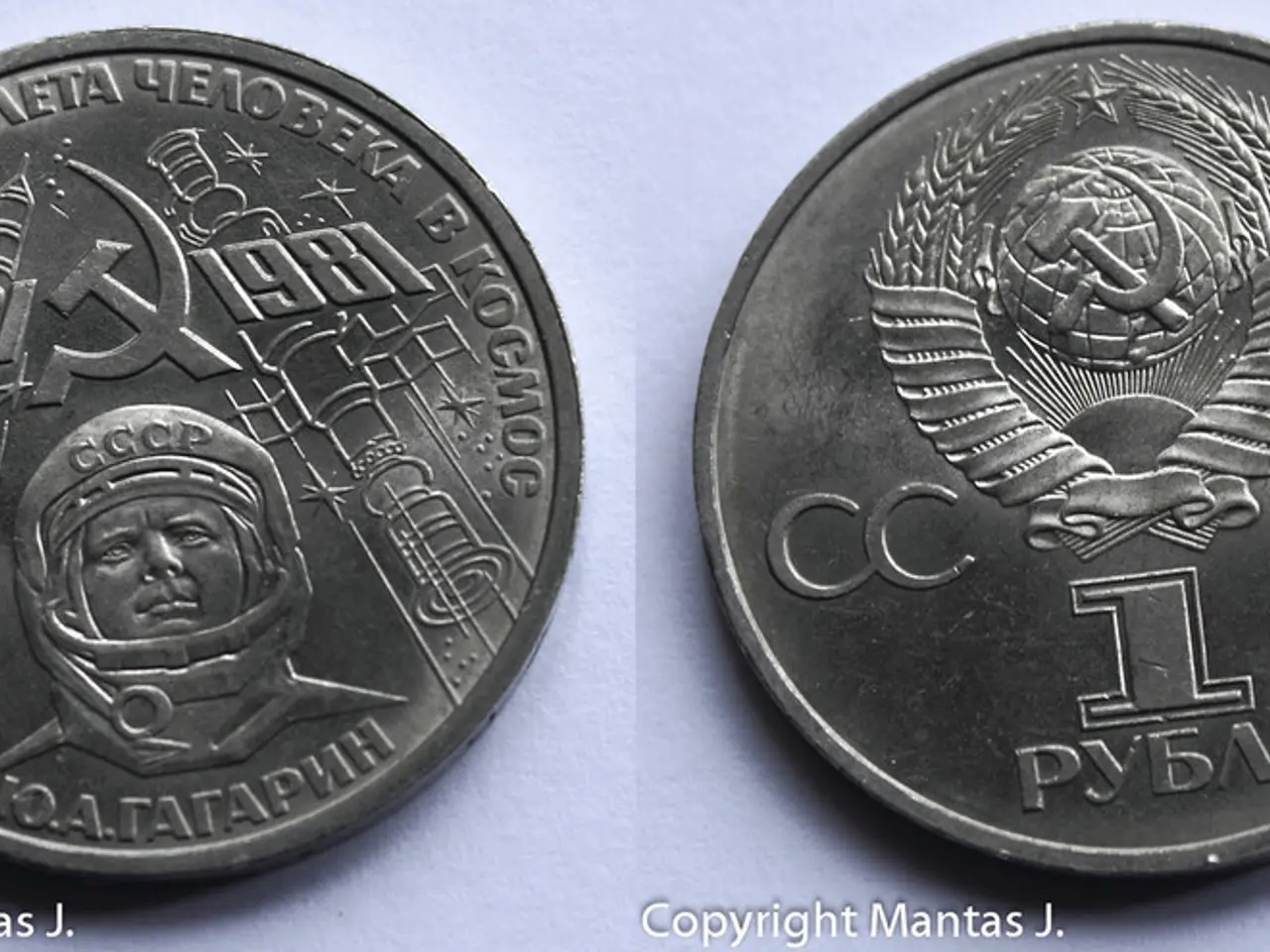Various entities involved:
The recent archaeological discoveries near Basilica St. Margareta in Gerresheim, a historic district in Düsseldorf, have shed light on the medieval and early-modern leather production that took place in the region. The findings reveal a tannery site, offering an intriguing glimpse into the traditional methods used for transforming animal hides into durable leather.
The tannery, which was likely linked to the Benedictine abbey or local noble families, followed a traditional vegetable tanning process. This involved several steps, such as cleaning and soaking the hides in water, submerging them in natural tannins derived from tree bark, oak galls, or other vegetable sources, drying, and finishing with oils or dyes.
Historically, the tannery would have served local needs for essential leather goods, such as shoes, harnesses, and armor, and may have traded within the growing urban economies of the Rhineland and Westphalia.
The tannery's owner, Caspar Körfgen von Gerresheim, was a "Rotgerber" or "Lohgerber," a leather worker specializing in red leather, and is listed in the official address book for Rhineland-Westphalia from 1833. The tannery was located near Basilica St. Margareta and Quadenhof, and the Pillebach stream, which could meet the need for a flowing water source for the tannery.
The discovery of the tannery has significant implications for understanding the economic history of Gerresheim. The leather production provided essential materials, employment, and contributed to the local economy. The presence of such industrial activities near ecclesiastical centers highlights the interaction between religious institutions and local economies.
The tannery exemplifies pre-industrial production methods preceding the mechanization of tanning during the 18th-19th centuries. The archaeological documentation and scientific evaluation of the tannery's remains will provide new insights into the economic history of Gerresheim, offering a valuable contribution to our understanding of medieval crafts and guilds, urban development, and trade networks.
Urban planners were surprised by the discovery of the tannery, as the strong odour associated with tannery processing had initially led archaeologists and heritage conservationists to doubt their interpretation. However, the large vats representing the "lohgruben" are archaeologically traceable at the Alter Markt in Gerresheim, providing further evidence of the tannery's existence.
The city intends to preserve new insights into the economic history of Gerresheim at the beginning of the 19th century through archaeological documentation and scientific evaluation. The tannery's leather production process included the use of special tools like a "schabebaum," "äschergruben," and "lohgruben." As research continues, the tannery near Basilica St. Margareta in Gerresheim promises to offer a fascinating exploration into the region's rich history.
In the medieval and early-modern periods, the tannery near Basilica St. Margareta in Gerresheim was possibly connected to local industry, as it could have supplied essential leather goods to the region's burgeoning business deals, such as shoes, harnesses, and armor. The tannery's owner, Caspar Körfgen von Gerresheim, was part of the financial aspect of the business, being a "Rotgerber" or "Lohgerber," a leather worker specializing in red leather, and was listed in the official address book for Rhineland-Westphalia from 1833.




